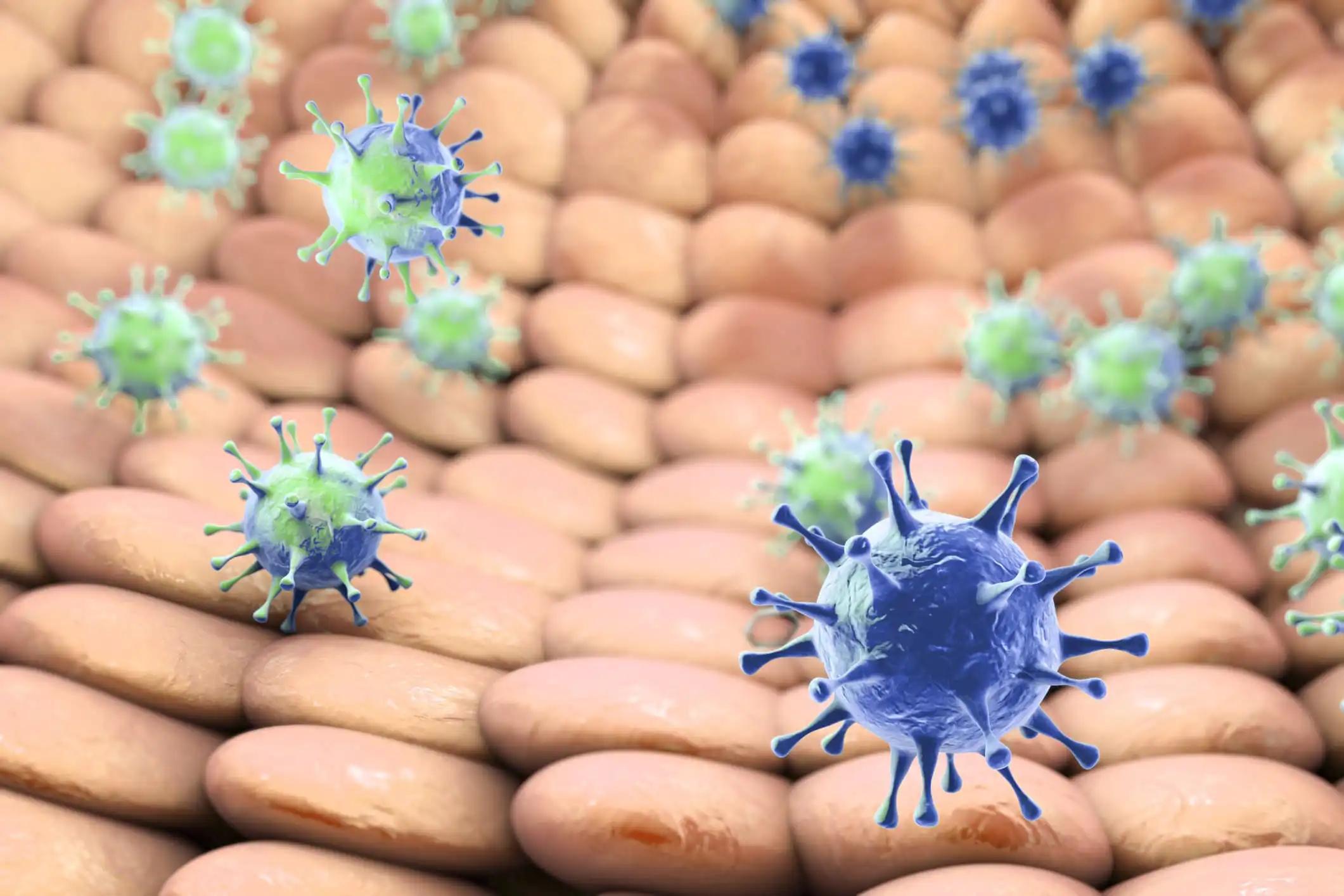KEY TAKEAWAYS
- The phase 2 study focused on assessing the combination of ibrutinib and TEDD-R in SCNSL, aiming to characterize the molecular factors associated with BTKi responsiveness and the overall effectiveness of the treatment.
- Patients who were ibrutinib-responsive showed a significantly better one-year progression-free survival and overall survival than those who were ibrutinib-resistant.
- The study suggested that TEDDi-R is a promising treatment option for SCNSL, especially for patients with ibrutinib-responsive tumors and CD10-negative tumors.
This phase 2 study enrolled patients (pts) with previously untreated or relapsed B-cell lymphoma involving the central nervous system (CNS) ± systemic effects. Patients initially underwent 14 days of receiving ibrutinib at a dose of 560 mg; those with ≥20% reduction following ibrutinib administration were administered TEDDi-R, whereas those with a decrease of < 20% were given TEDD-R. The therapeutic regimen consisted of four cycles × 21d with IT therapy (no maintenance) and mainly outpatient. All pts were administered isavuconazole. Response evaluation occurred after the second and fourth cycles, with complete response (CR) being validated through PET scans of both the brain and body and cerebrospinal fluid analysis (CSF).
A total of 49 pts registered in the study, with 17 (35%) being female with a median age of 62 (range 26–89) and 15 (31%) aged ≥70. 27 (55%) had DLBCL, comprising 20 (41%) non-GCB, 5 (10%) GCB, 1 (2%) PMBL, and 1 (2%) unknown. 16 (33%) had HGBL, incorporating 10 (20%) with MYC-R and BCL2-R and 6 (12%) with MYC-R and BCL6-R. 2 (4%) pts each had Mantle Cell Lymphoma (MCL) and EBV-Associated Lymphoproliferative Disorder (EBV-LPD). In comparison, one patient each had plasmablastic (2%) and Burkitt Lymphoma (BL) (2%). Out of the pts, 28 (57%) presented with synchronous Central Nervous System (CNS) and peripheral disease, whereas 21 (43%) had isolated CNS involvement. Five pts (10%) had not received any prior treatment, while 44 (90%) had a median of 2 (range 1–4) prior therapies. Among those with a history of relapse or refractory disease, all 44 (100%) had anthracyclines, 28 (64%) with high-dose methotrexate (HD-MTX), 19 (43%) with CNS prophylaxis, and 8 (18%) with CAR-T. Of the 42 pts who completed the ibrutinib window, 24 (57%) demonstrated a response to ibrutinib, while 17 (43%) were resistant. After TEDDi-R (N = 26), the Overall Response Rate (ORR) reached 92%, with a Complete Response (CR) rate of 77%.
Following TEDD-R (N = 18), the ORR was 45%, and the CR rate was 28%. Grade 3 or 4 neutropenia happened in 29% and 40% of cycles, and Febrile Neutropenia (FN) was observed in 10% of cases. Grade 3/4 thrombocytopenia was reported in 30% and 12% of cycles. Blood transfusions were required for 30 (63%) pts, while 18 (38%) required platelet transfusions. Other Grade 3 adverse events included Urinary Tract Infections (UTI) in 21% of pts, hypokalemia in 21%, sepsis in 15%, diarrhea in 15%, hypotension in 11%, anorexia in 11%, and adrenal insufficiency in 11%. Notably, no opportunistic infections were observed, and 14 (30%) patients experienced hand-foot syndrome, with 4 (9%) having Grade 3 atrial fibrillation. After a median follow-up period of 23 mos, the one-year PFS stood at 36.7%, and OS was 60.8%. Of the deaths, 15 (83%) were attributed to disease progression, while 1 (2%) was associated with treatment-related factors.
In a subsequent landmark analysis following the treatment window, it was observed that the one-year PFS and OS differed between pts with ibrutinib-responsive tumors and those with ibrutinib-resistant tumors, recording values of 54.7% versus 17.6% (p < 0.002) and 76.7% versus 47.1% (p = 0.08).88% of ibrutinib-responsive tumors lacked the CD10 marker. Pts with CD10-negative tumors exhibited an ORR of 83% and a 70% rate of CR. Moreover, the one-year PFS and OS for pts with CD10-negative tumors were 48.0% and 64.7%.
In cases of ibrutinib-responsive Secondary Central Nervous System Lymphoma (SCNSL), TEDDi-R demonstrated substantial and potentially long-lasting CR rates. The outpatient administration of TEDDi-R proved to be a secure approach across all age groups. Notably, most ibrutinib-responsive tumors exhibited a lack of CD10 expression, and TEDDi-R may enhance the outcomes within this specific subgroup.
Source: https://onlinelibrary.wiley.com/doi/10.1002/hon.3163_17
Clinical Trial: https://classic.clinicaltrials.gov/ct2/show/NCT03964090
Roschewski, M., Simard, J., Melani, C., Lakhotia, R., Phelan, J. D., Pittaluga, S., Muppidi, J. R., Lionakis, M. S., Peer, C., Pradhan, A., Holdhoff, M., Swinnen, L. J., Dunleavy, K., Lai, C., Ibrahimi, S., Glantz, M., Butman, J. A., Johnson, K., Steinberg, S. M., Figg, W. D., Jaffe, E. S., Staudt, L. M., Wilson, W. H. PHASE 2 STUDY OF IBRUTINIB WITH TEMOZOLOMIDE, ETOPOSIDE, LIPOSOMAL DOXORUBICIN, DEXAMETHASONE, RITUXIMAB (TEDDI-R) FOR SECONDARY CNS LYMPHOMA https://onlinelibrary.wiley.com/doi/10.1002/hon.3163_17



